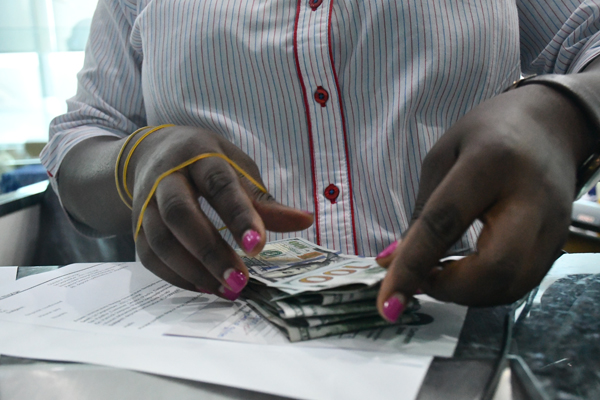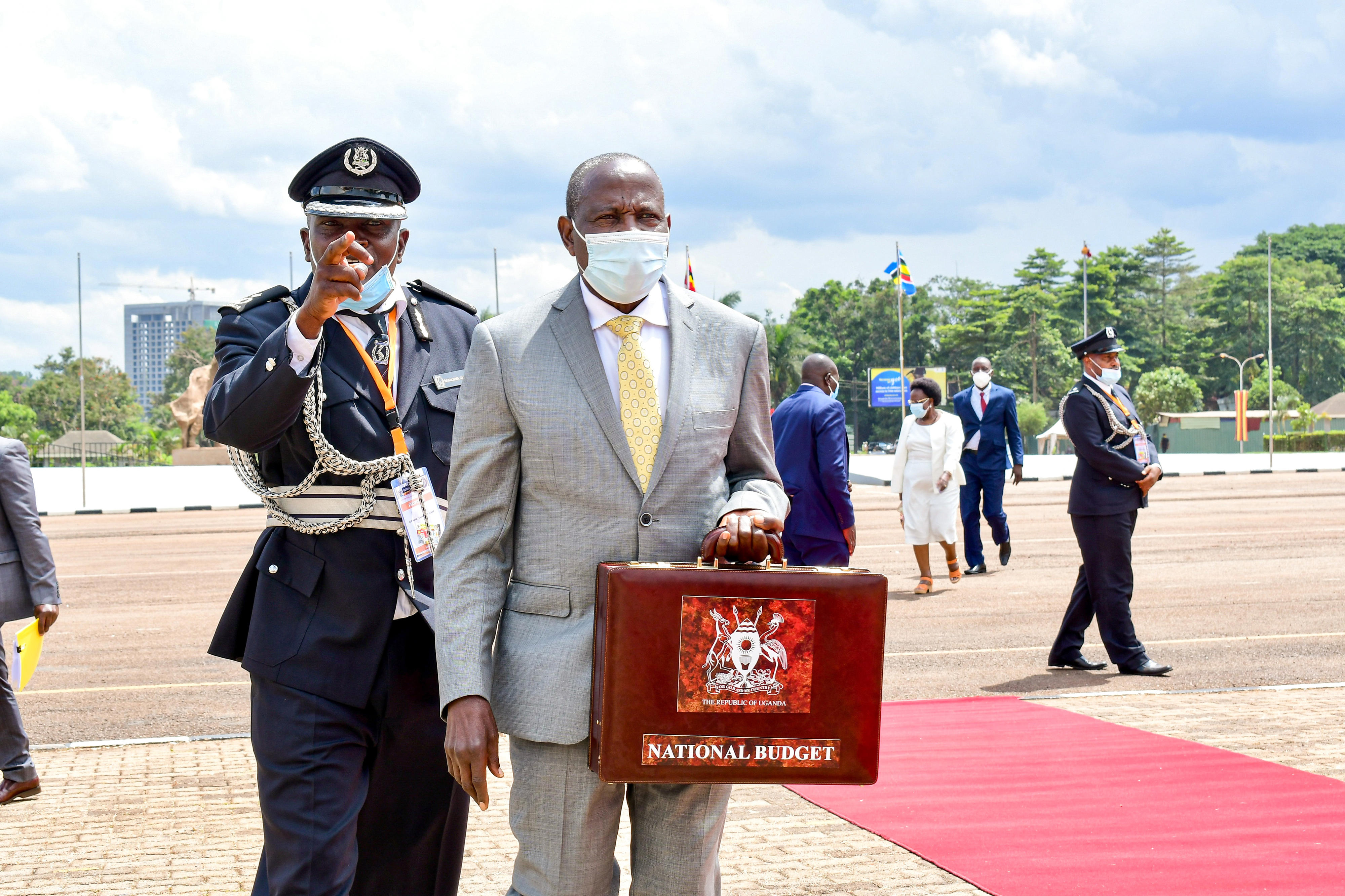Prime
Uganda’s undisbursed debt decreased to Shs14t in FY2022/23 quarter two - govt

What you need to know:
- Uganda's external debt is about 59.12 per cent which represents Shs47.76 trillion while the domestic debt constituted 40.88 per cent which represents Shs33.01 trillion- as of December 2022.
The ministry of finance has said that quarter two of Uganda’s Financial Year (FY) 2022/23 registered a slight decrease in undisbursed debt from $3.85 billion in September 2022 to $3.83 billion (about Shs14 trillion) in December 2022.
“In addition, there was an increase in disbursement from $0.12 billion as at the end of September 2022 to $0.16 billion during the quarter under review,” the ministry of finance said.
Further, details in the ministry’s latest quarterly debt statistical bulletin and public debt portfolio analysis indicate that the undisbursed debt from bilateral creditors reduced from $0.97 billion in September 2022 to $0.94 billion in December 2022, government says.
But during the same period, multilateral creditors and private banks registered an increase in undisbursed debt by $0.01 billion from $2.86 billion registered in September 2022.
The largest proportion of Uganda’s external debt stock is concessional and increased to 56.43 per cent in December 2022 from 56.25 in September 2022. The share of semi-concessional debt reduced from 18.62per cent to 18.55 per cent in the same period, official figures suggest.
Additionally, the share of non-concessional debt increased significantly from 4.19 per cent to 5.91 per cent, while commercial debt reduced from 20.94 per cent to 19.11 percent in quarter two.
“The share of the non-concessional debt is on account of the nature of variable rate loans that were previously semi concessional but have been affected by the increased market rates of EURIBO and LIBOR hence reclassification as non-concessional,” Finance explained.
“Notably, the LIBOR rate at the end of September 2022 was 4.23 per cent and increased to 5.14 per cent by the end of December 2022.”
Similarly, EURIBOR, which was recorded at 1.81 per cent at the end of September 2022 jumped to 2.70 per cent at the end of December.
According to government, the significant drop in the share of commercial debt was as a result of principle of payments made to standard bank and Standard Chartered Bank to the tune of $43.07 million in the period of assessment.
A comparison of the composition of the external debt by concessionality between the end of September 2022 and December 2022 in terms of currency composition indicates that the government’s external stock is dominated by four currencies namely the US dollars EUR, JPY, CNY.
The April 20 bulletin highlights that the share of the external debt stock dominated in the US dollar reduced by 0.81 percentage point from 52.6 per cent ($6.41 billion) in September 2022 to 51.25 percent ($6.59 billion) as in December 2022.
On the other hand, the share of external debt dominated by Euros increased to 29.2 percent equivalent to $3.73 billion from 28.48 percent (3.51 billion) in the same period.
"The currency composition of 5.56 per cent ($0.52 billion) represented by others AED United Arab Emirate Dirham, KRW (Korea South Won), IQD Iraqi Dinar), SAR (Saudi Arabia Riyal, GBP British Pound Sterling and IDI (Islamic Dinar) increased from 0.51 percent (068 billion)," said the Ministry of Finance.
The JPY and the CNY composition increased by 0.09 and 013 percentage points respectively in the quarter of financial year 2023.




